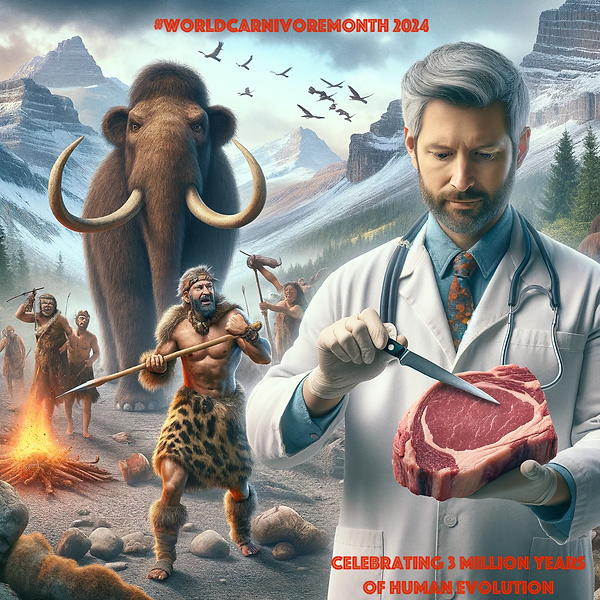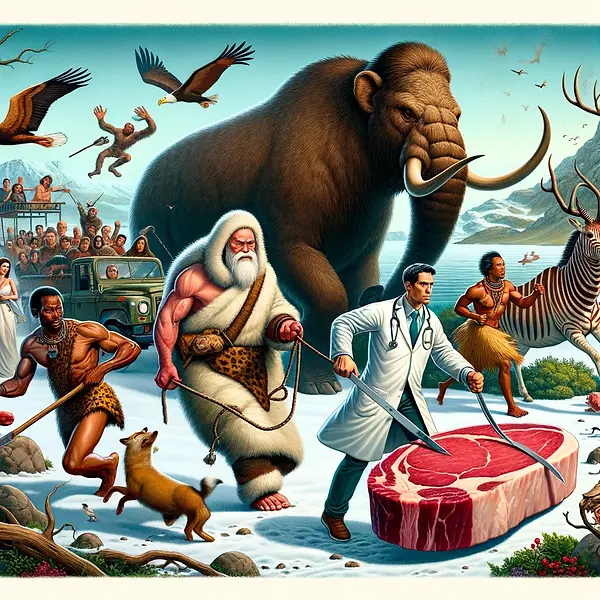


Title:
Comparative Analyses of Chromatin Landscape
Abstract:
Likewise, comparative chromatin landscape analyses – a method used to perform extensive analysis of our chromosomes – shows a strong overall adaptation towards high-fat diets in humans and primates
Details
Comparative Analyses of Chromatin Landscape in White Adipose Tissue Suggest Humans May Have Less Beigeing Potential than Other Primates
Abstract
Humans carry a much larger percentage of body fat than other primates. Despite the central role of adipose tissue in metabolism, little is known about the evolution of white adipose tissue in primates. Phenotypic divergence is often caused by genetic divergence in cis-regulatory regions. We examined the cis-regulatory landscape of fat during human origins by performing comparative analyses of chromatin accessibility in human and chimpanzee adipose tissue using rhesus macaque as an outgroup. We find that many regions that have decreased accessibility in humans are enriched for promoter and enhancer sequences, are depleted for signatures of negative selection, are located near genes involved with lipid metabolism, and contain a short sequence motif involved in the beigeing of fat, the process in which lipid-storing white adipocytes are transdifferentiated into thermogenic beige adipocytes. The collective closing of many putative regulatory regions associated with beigeing of fat suggests a mechanism that increases body fat in humans.
Keywords: adipose; chromatin accessibility; comparative genomics; primates.
Hypothesis:




